Chapter 26 - Capacitance and Dielectrics
0.0(0)
0.0(0)
Card Sorting
1/27
There's no tags or description
Looks like no tags are added yet.
Study Analytics
Name | Mastery | Learn | Test | Matching | Spaced |
|---|
No study sessions yet.
28 Terms
1
New cards
What does a capacitor measure and what does it consist of
Measures: Capacitance, the ability to store electrical charge. Consists of: Two conductive plates separated by an insulating material, known as a dielectric.
2
New cards
Relationship between area and capacitance
As area increases, capacitance increases
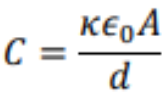
3
New cards
Relationship between distance and capacitance
As distance increase, capacitance decreases
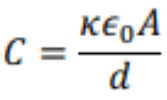
4
New cards
Relationship between dielectric constant k, capacitance, voltage and charge
As k increases, capacitance increase, voltage decrease, charge stays the same
5
New cards
Derive equation for capacitance of an isolated sphere
area = a, assume V=0 for infinitely large space .

6
New cards
Is the capacitance of an isolated sphere dependent on charge or the potential?
No, only on the area

7
New cards
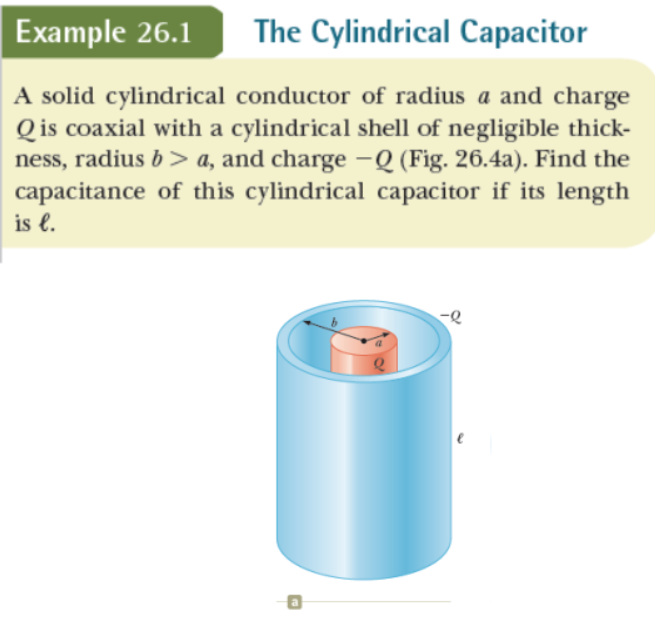
Derive equation for cylindrical capacitor
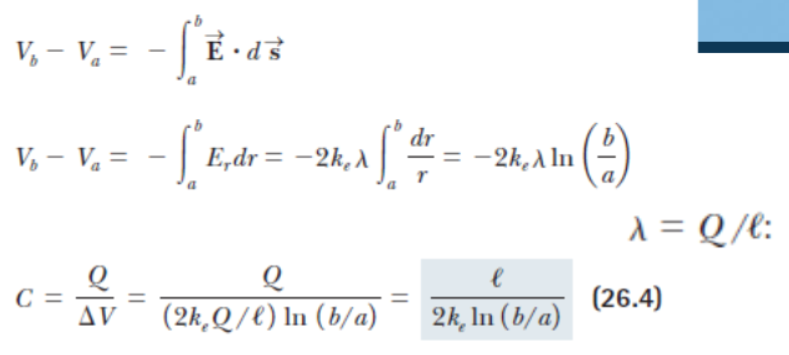
8
New cards
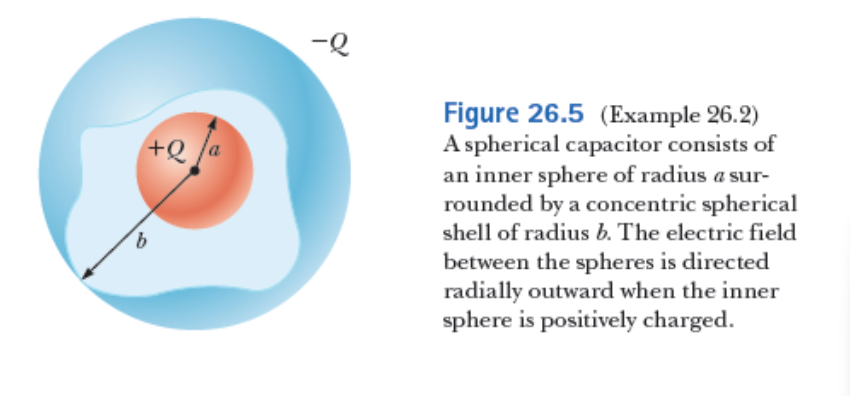
Capacitance of spherical conductor
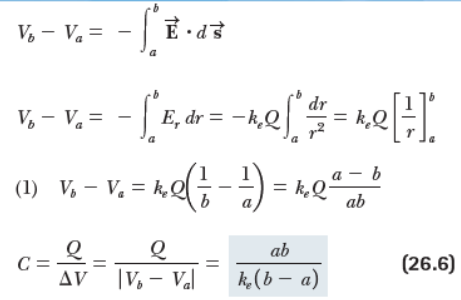
9
New cards
When does the flow of charges cease in a capacitor circuit?
The flow of charges ceases when the voltage across the capacitors equals that of the battery.
10
New cards
Potential difference across capacitors in parallel circuit
The potential difference across the capacitors is the same. Each is equal to the voltage of the battery.
ΔV1 = ΔV2 = ΔV.
ΔV1 = ΔV2 = ΔV.
11
New cards
When do capacitors reach their maximum charge?
when the flow of charge ceases
12
New cards
Qtotal in parallel circuit
The total charge is equal to the sum of the charges on the capacitors. Qtot = Q1 + Q2.
13
New cards
14
New cards
Equivalent capacitance in a parallel combination
Ceq = C1 + C2 + C3 + ...
15
New cards
Capacitor charges in a seriescombination
The charges are all the same. Q1 = Q2 = Q.
16
New cards
Voltage addition in a parallel combination
ΔVtot = ΔV1 + ΔV2 + …
17
New cards
Equivalent capacitance in a series combination
The equivalent capacitance is 1/Ceq = 1/C1 + 1/C2 + ...
18
New cards
The equivalent capacitance in a series combination of capacitors is _______ than any individual capacitor.
less
19
New cards
The potential differences across capacitors in series _______ up to the battery voltage.
add
20
New cards
What is the same across all capacitors in parallel circuit
Voltage
21
New cards
What is the same across all capacitors in series circuit
Charge
22
New cards
Work needed to transfer a charge from one plate to another

23
New cards
Work done for charging a capacitor
It is the electric potential energy U

24
New cards
Relationship between energy stored, charge and potential difference
The energy stored increases as the charge increases and as the potential difference increases
25
New cards
Energy for parallel-plate capacitor expressed in terms of field

26
New cards
Energy in terms of charge density
\

27
New cards
Energy stored in a parallel-plate capacitor before inserting a dielectric

28
New cards
Energy stored in a parallel-plate capacitor after inserting a dielectric
